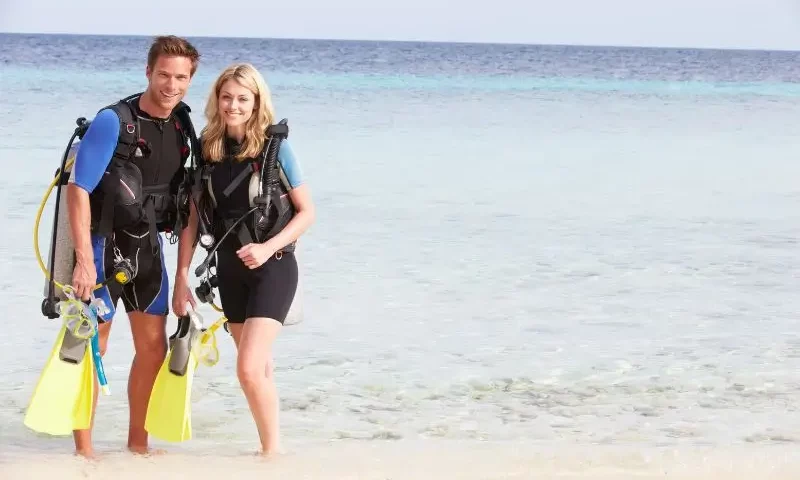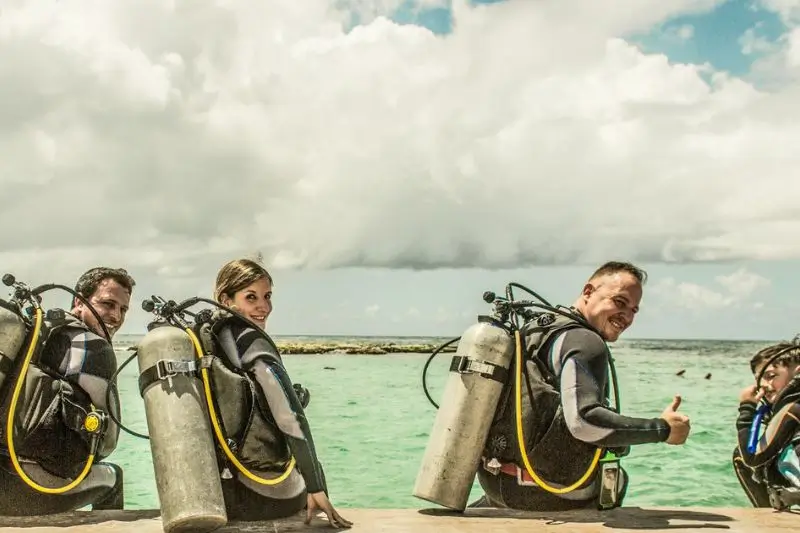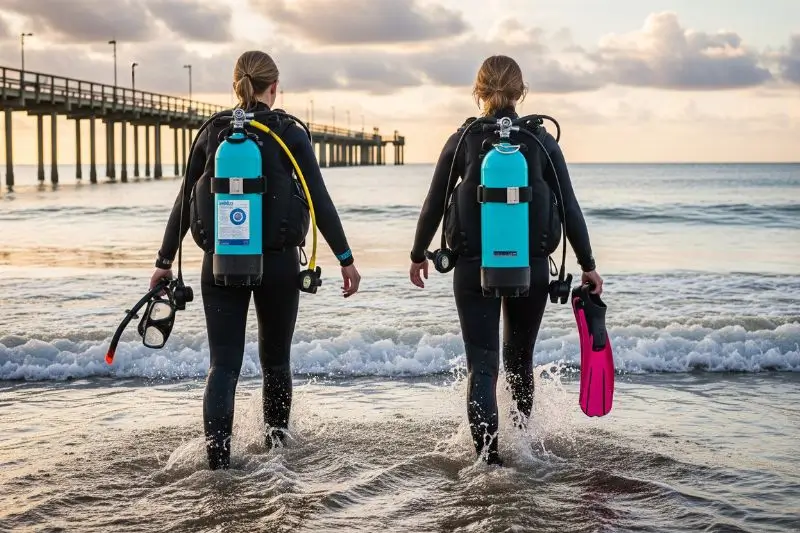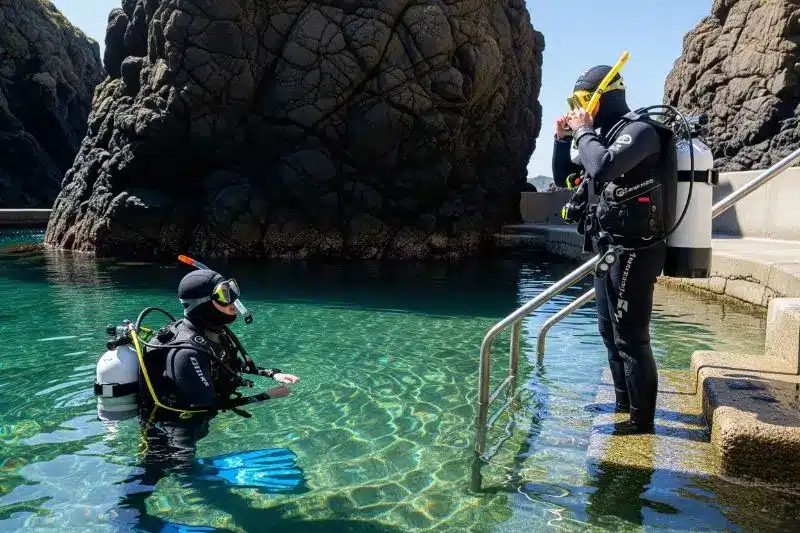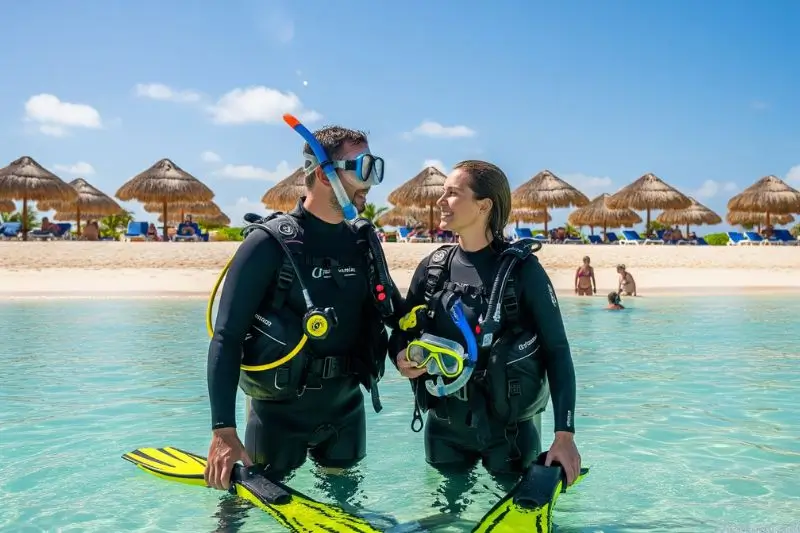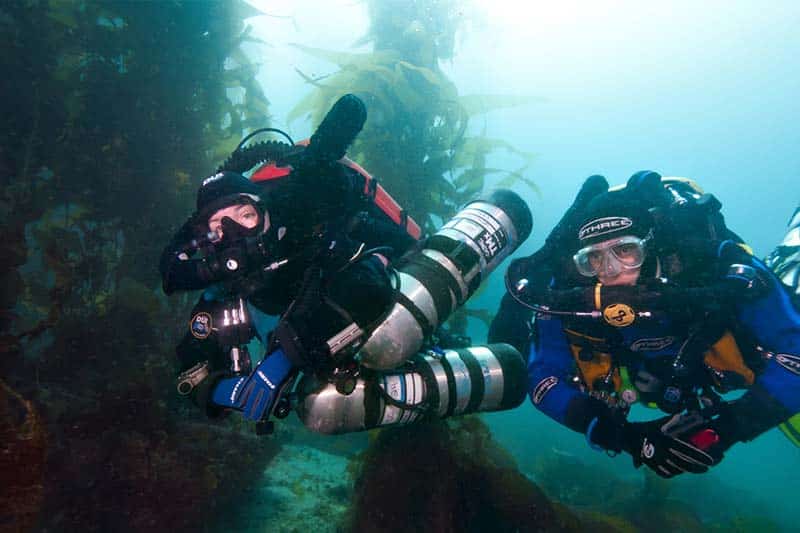Curious about this whole shore diving thing?
Wondering if it’s worth doing a dive from the shore instead of hopping on a boat? Well, it depends on what suits your diving style better.
I’m going to lay it all out for you, pros and cons, with zero pressure to pick a side. You’ve got that part covered.
Because there’s no single way to dive. No underwater absolute truth.
Some people fall in love with shore diving from the very first splash.
Others try it and go, “Not worth the trouble.”
And then there are those who do both, depending on the destination, the day, or their mood.
Are you one of those who loves taking a giant stride off the boat?
Or do you prefer gearing up and walking into the surf to go shore diving?
Either way, here’s what you’ll find out:
- The advantages of shore diving.
- When boat diving makes more sense.
- What kind of marine life you can expect in each case.
- And of course, how to figure out which one fits you best, because that’s what really matters.
I’ve even got a killer comparison chart for you. The kind that saves you hours of Googling.
Want to know if shore diving is your thing?
Keep reading, we’re going in together.




